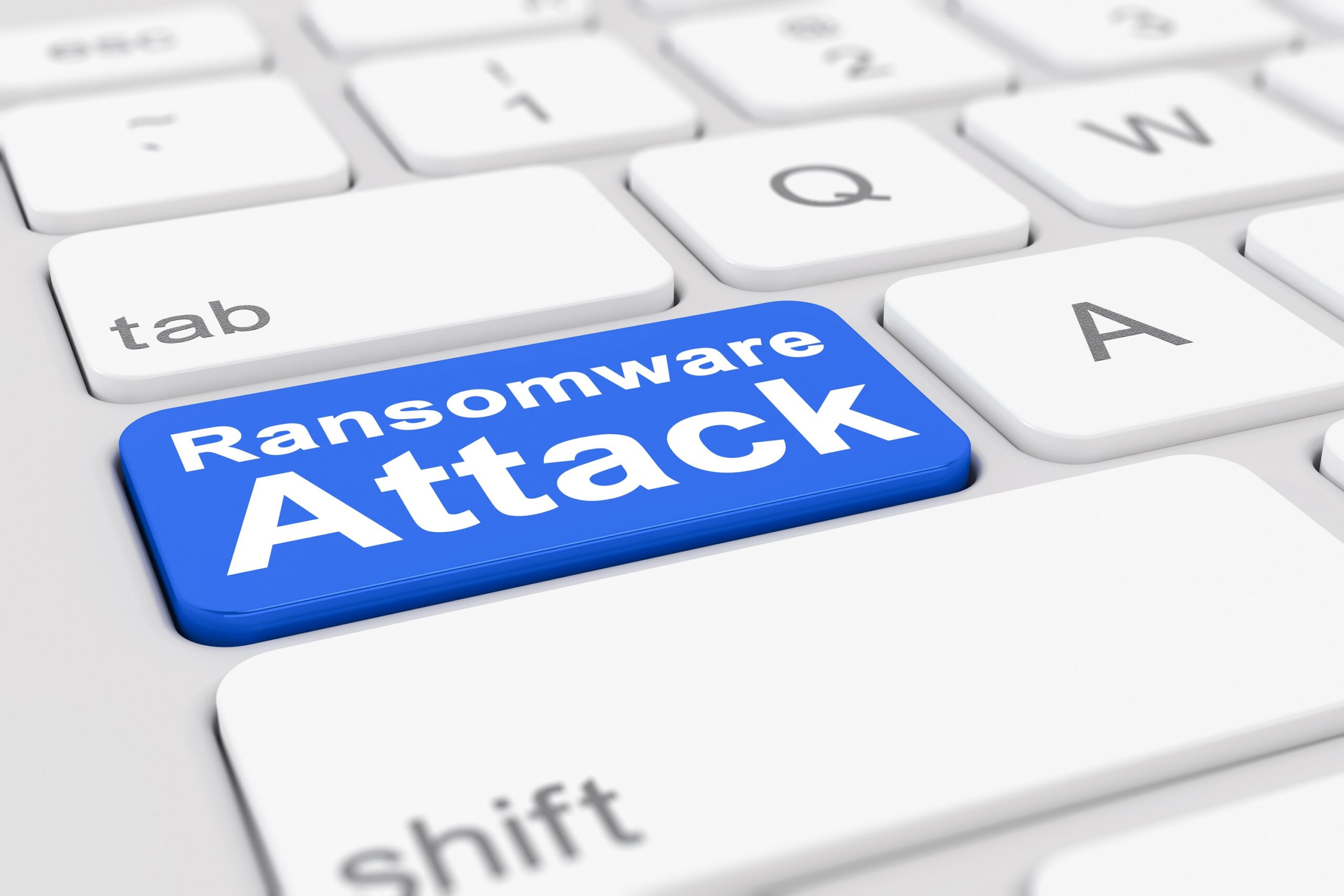


July is Ransomware Awareness Month, an important initiative aimed at highlighting the dangers of ransomware and promoting proactive measures to mitigate its impact. As businesses increasingly fall victim to ransomware attacks, the need for awareness, preparedness, and education has never been more critical. Here we explore the alarming prevalence of ransomware, the devastating consequences it can have on your organization, and the pivotal role security awareness training plays in combating this growing threat to your business.
Ransomware has emerged as one of the most pervasive and financially crippling cyber threats facing businesses today. Sophisticated attack techniques, such as phishing emails, exploit vulnerable points of entry to encrypt an organization’s data, holding it hostage until a ransom is paid. Unfortunately, the frequency and sophistication of such attacks continue to escalate, causing substantial financial and reputational damage to businesses worldwide.
Ransomware attacks exact a significant toll on organizations, both financially and operationally. The ransom demands can range from a few hundred to millions of dollars, with no guarantee that paying the ransom will result in data recovery. Small and medium-sized businesses (SMBs) are particularly vulnerable, as they may lack the resources and expertise to effectively combat such attacks. According to recent reports, 60% of SMBs that suffer a cyberattack go out of business within six months.
Furthermore, the cost of corrupted or lost data can be substantial. The impact extends beyond the ransom payment, encompassing the expenses associated with recovery efforts, system downtime, reputational damage, and potential legal consequences. The Ponemon Institute estimates that the average cost of a ransomware attack for an enterprise organization exceeds $1 million.
It is important to recognize that many ransomware incidents are a result of human error or inattention to cybersecurity best practices. Employees unintentionally click on malicious links or open infected email attachments, inadvertently granting cybercriminals access to the organization’s systems. Lack of security awareness, failure to recognize warning signs, and poor password hygiene contribute to the success of these attacks.
Security awareness training is a vital component of a robust cybersecurity strategy, specifically designed to address the human element in ransomware attacks. By educating employees on recognizing phishing attempts, practicing safe browsing habits, and following security protocols, organizations can significantly reduce the risk of successful attacks.
Training programs empower employees to become the first line of defense against ransomware. They learn to identify suspicious emails, exercise caution when visiting unfamiliar websites, and report potential threats promptly. Additionally, training cultivates a culture of cyber awareness, where employees remain vigilant and proactive in protecting sensitive data.
As ransomware attacks continue to proliferate, organizations must recognize the critical importance of ransomware awareness and proactive defense. Ransomware Awareness Month serves as a reminder of the ever-present threat and the need for continuous vigilance. By investing in security awareness training, businesses can equip their workforce with the knowledge and skills necessary to detect, prevent, and respond to ransomware attacks effectively.
Empowering employees to become cybersecurity advocates not only safeguards the organization but also reinforces a collective commitment to cyber safety. Let us harness this awareness month to fortify our defenses and stand united against the ever-evolving ransomware threat.
Click here to connect with Ravdal President & CEO Stig Ravdal on LinkedIn.